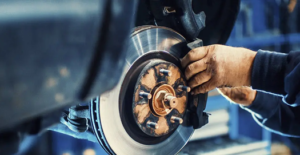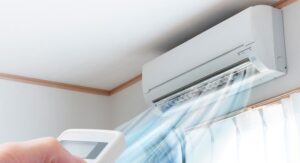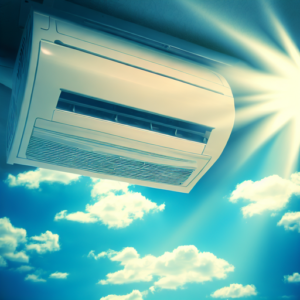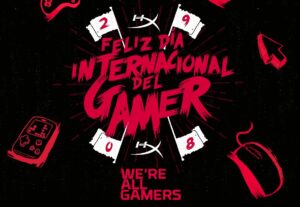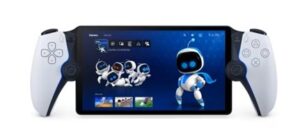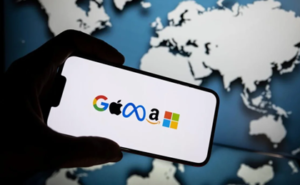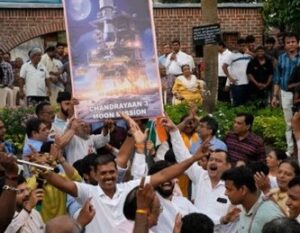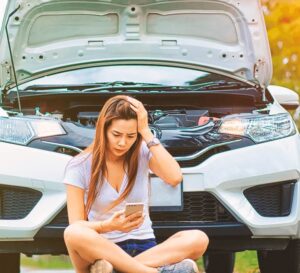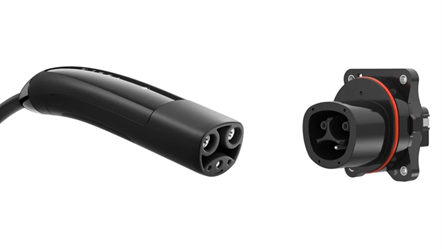
Hyundai is considering following the lead of other manufacturers and adopting Tesla’s EV charging standard for its vehicles in the North American market. However, there are some concerns about this.
Hyundai’s decision will depend on customer interest
During Hyundai’s Investor Day, Hyundai President and CEO Jaehoon Chang mentioned that the decision to adopt the Tesla North American Charging Standard (NACS) will be based on the interest of customers. However, a key issue related to Hyundai’s charging rates and compatibility with Tesla’s Superchargers is raised.
Differences in load architectures
Hyundai and Kia’s current lineup of electric vehicles is designed to accept fast-charging rates of up to 350 kW, though current models fall short of that speed. On the other hand, Tesla vehicles operate at a 400 V architecture and can quickly charge up to 250 kW.
The company plans to reach out to Tesla to explore the possibility of adapting the NACS system to enable faster charging in its vehicles.
Hyundai is working on its next-generation platform, Integrated Modular Architecture (IMA)
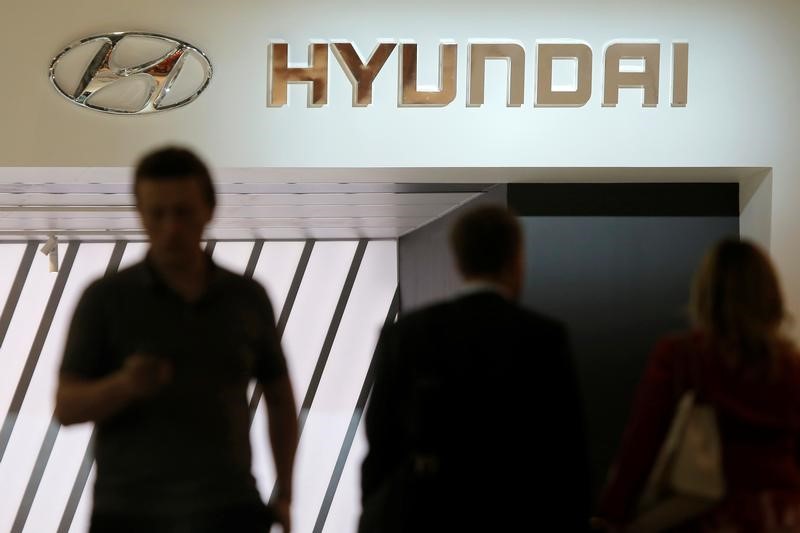
Hyundai is developing the IMA platform, which will be used in 13 new vehicles, including brands such as Kia and Genesis. IMA will completely replace the E-GMP platform and offer design efficiencies to suit vehicles of different sizes.
The IMA platform will also incorporate new software, which Hyundai describes as an “open operating system.” This will enable the construction of an “application ecosystem” and driver integration for future Level 3 autonomous driving technology.
In addition, Hyundai is working on technological advancements to support more powerful semiconductors and improve over-the-air software updates.
Flexible battery technology and possible adoption of Tesla NACS
The IMA platform will be compatible with different types of batteries, including nickel-cobalt-magnesium and lithium-ion phosphate. Hyundai is also exploring the idea of a separate battery bank that would allow charging while driving.
Hyundai aims to sell 2 million electric vehicles by 2030 and will continue to power its current lineup as it prepares for vehicle manufacturing on the IMA platform, possibly including a pickup truck.
The charging standard from Tesla and automakers
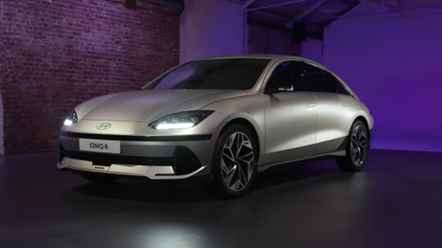
Ford, GM and Rivian have agreed to deploy Tesla NACS adapters so customers can use the Supercharger network starting next year. In Hyundai’s case, its EGM-P architecture allows charging at 400 volts in addition to 800 volts, which could make an adapter possible if an agreement is reached with Tesla. Otherwise, Tesla will continue to add CCS Magic Docks to support other electric vehicles at some Supercharger stations.
In Europe, Hyundai doesn’t need to worry about Tesla’s charging standard, as Tesla offers support for CCS in that region.
For more articles like this, click here

